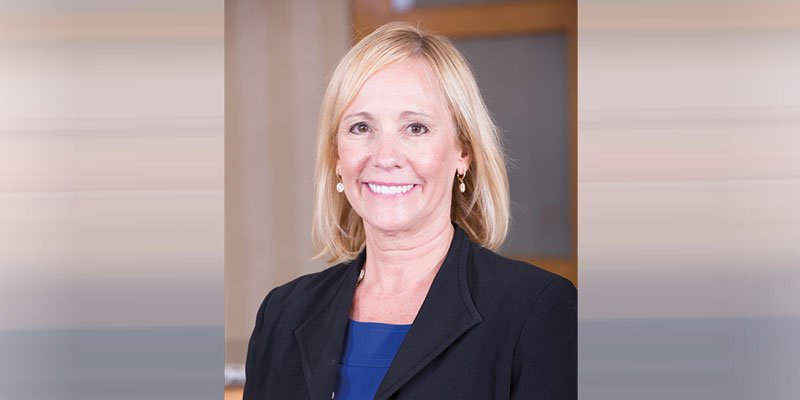Rose Nierman offers some advice on using a surgical code that can keep you on an ethical and compliant path to reimbursement for dental sleep medicine devices.

by Rose Nierman, CEO Nierman Practice Management
Unlocking the code to dental sleep medicine can be confusing, especially when it comes to correct coding. Not to worry – I’ve already covered oral appliance codes E0486 and K1027 in the fall issue of Dental Sleep Practice. In this edition, we’re tackling a frequently misunderstood code: CPT 21085, which is often mistakenly applied to morning repositioners used to restore the jaw to its previous position to prevent bite changes.
Q: What is CPT 21085, and when should it be used?
A: CPT 21085 is for “Impression and custom preparation of an oral surgical splint.” The splint is designed to support the patient’s facial structures during orthognathic reconstruction or other oral surgeries, such as when the mandible has been removed due to trauma or ablative surgery. It often involves an impression of the face and must be constructed in the office, not by an outside lab.
Q: Why does CPT 21085 need attention?
A: CPT 21085 is particularly prone to audits due to its classification as a surgical code, often submitted incorrectly for nonsurgical services. Misuse of this code can lead to claim denials, compliance issues, and increased scrutiny from private carriers and Medicare.
Q: What are other common errors with CPT 21085?
A: Utilizing CPT 21085 for impressions, TMJ orthotics and morning repositioners.
Q: If we can’t use CPT 21085, is there another code for impressions for morning repositioners?
A: There isn’t a specific code for morning repositioners. Recent policy updates from Aetna and United Healthcare now explicitly exclude these devices from separate coverage. Some practices attempt Miscellaneous DME or Supplies and Materials codes, but these rarely succeed when the policy excludes them.
Q: Does this mean we are limited to billing only for the oral appliance?
A: No, many private carriers also cover services like exams, radiographs, and other related treatments. We encourage you to bill for all covered services – don’t leave any reimbursement on the table!
Q: Are there other codes that raise red flags?
A: Yes. CPT 21110 (Interdental Fixation Device), which involves wiring of the teeth or jaw, should be avoided for removable devices or nonsurgical appliances.
Q: Is it okay to list the date of service as the next day for a morning repositioner?
A: The date of service for any custom oral appliance or morning repositioner should always be the delivery date, not when the patient starts using it – even if that’s the next day.
Q: We want to do everything right. How can we stay compliant?
A: When outsourcing billing, request the codes billed on your behalf to ensure they are accurate. Conducting regular internal audits can help catch issues early. Documentation is essential for success and for your practice to maintain compliance. Finally, remain alert to organizations that manipulate codes or documentation. Fortunately, many reputable mentors and organizations are dedicated to supporting the dental sleep community and sharing best practices to guide you on an ethical and compliant path to success.
Tip: Request “Codes that Raise Red Flags for Dental Sleep Medicine” by emailing Coding@dentalwriter.com.
Now that you are informed about using a surgical code, take Rose Nierman’s Medical Billing for DSM quiz here: https://dentalsleeppractice.com/test-knowledge-medical-billing-dsm-quiz-revised-abn-form-now-mandatory-dsm-treatment-rose-nierman-ceo-nierman-practice-management/.




